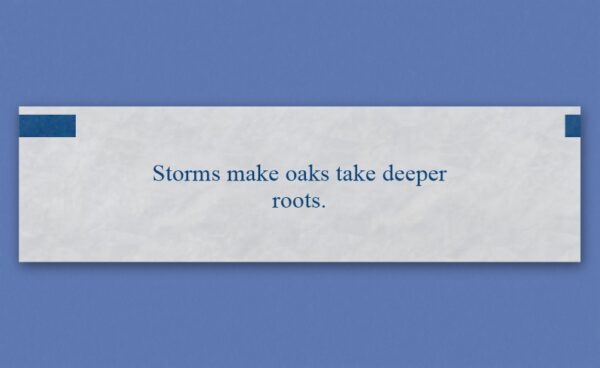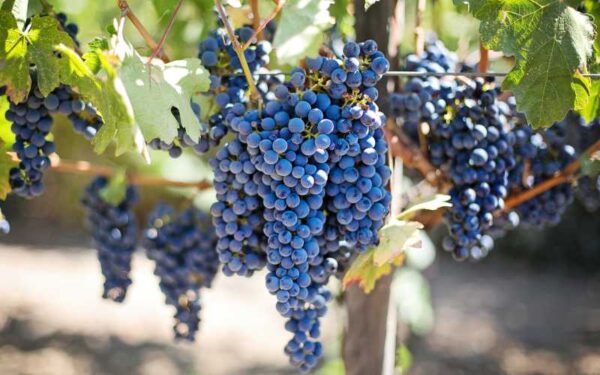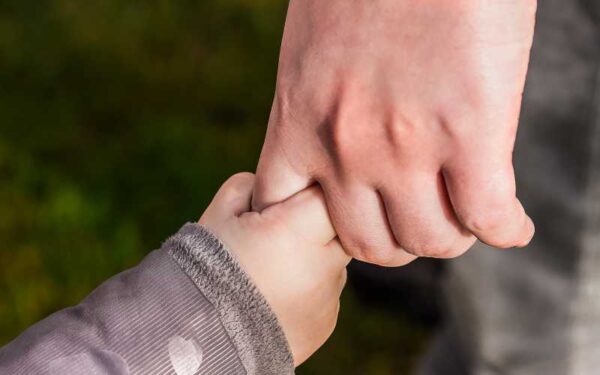Fortune Cookie Friday: Lean Into Adversity
I banged my knee into the corner of the coffee table the other day. The pain was excruciating, and I cursed more than I would like to admit. I almost wished I had kept on the baby-proofing bumpers from twenty years ago. Nonetheless, I now know I should pay a little more attention when walking with my hands full.
This experience of learning through adversity is similar to how my children discovered many important bits of information. No matter how many times I warned them of danger or wanted to protect them from making a mistake, they still needed to learn it for themselves.
Hot pots on the stove can burn your fingers if you touch them. The cat would hiss and scratch you if you poked her while napping. And this little tidbit: if you eat the last of Mom’s cookies, as opposed to snatching one or two when there’s too many to count, it will elicit a thorough investigation and likely get you grounded.

We learn and grow through adversity in life. Every mistake, stumble, or fall allows us a moment to recognize our limits in the world around us and reevaluate how to live and become better people. There are numerous examples of how living with adversity can create wondrous things.
Take our fortune for today. Plants are very responsive to stimuli, such as light, moisture, and nutrients. Because of gravitropism, a type of movement or growth plants make in response to gravity, the tops of plants generally grow straight up, and the roots grow straight down.
Strong gusts and persistent winds push trees away from their natural vertical state. This negative force causes the tree’s growth to curve upright and increases the roots’ growth to improve stability. The roots on a tree are generally stronger and deeper on the side of the prevailing winds to prevent it from toppling over. Trees are very resilient and evolved through adversity.
Grapevines are another plant that can handle harsh times. In fact, some of the rockiest hillsides and slate or sandy soils can yield the highest quality wines.

In good conditions, vines grow standard root structures and use most of the nutrients for making lots of leaves for photosynthesis. In poor soil, roots have to work harder and branch off to gather more nutrients. This increase of root surface area helps them absorb nutrients and regulate water absorption. The struggling vine will put more nutrients into producing the fruit instead of a bunch of green leaves. The resulting grapes are sweeter and full of flavor—perfect for wine.
If trees and grapes don’t seem interesting, then consider the formation of diamonds. The expensive gems don’t get to be the hardest material found on Earth by taking it easy.
Carbon endures extreme pressure and heat deep in the mantle layer of our planet before the crystalline lattice structure of a diamond forms. A million years ago, volcanic eruptions moved the diamonds closer to the surface, where erosion, geological shifts, and other events scattered them over time until someone excavated them.

A diamond goes through all that and comes out stronger for it. No wonder we find them so precious.
People are precious too, especially our children. We do everything we can to love them and protect them. We even go to the lengths of installing baby bumpers on furniture and gates by stairs. Unfortunately, as much as we can baby-proof our homes, we can’t baby-proof life.
It isn’t easy watching a child fall and scrape their knees, choose not to study and fail a test, or deal with a broken heart. We may feel compelled to reach out and grab their hand every time they struggle or try to cushion the blow, but then they won’t learn what they can handle on their own. Coddling them won’t give them the knowledge and skills they will need for the future, but leaning into adversity will.

The best we can do is patiently wait with our hands held open, ready for when they want to reach back.




